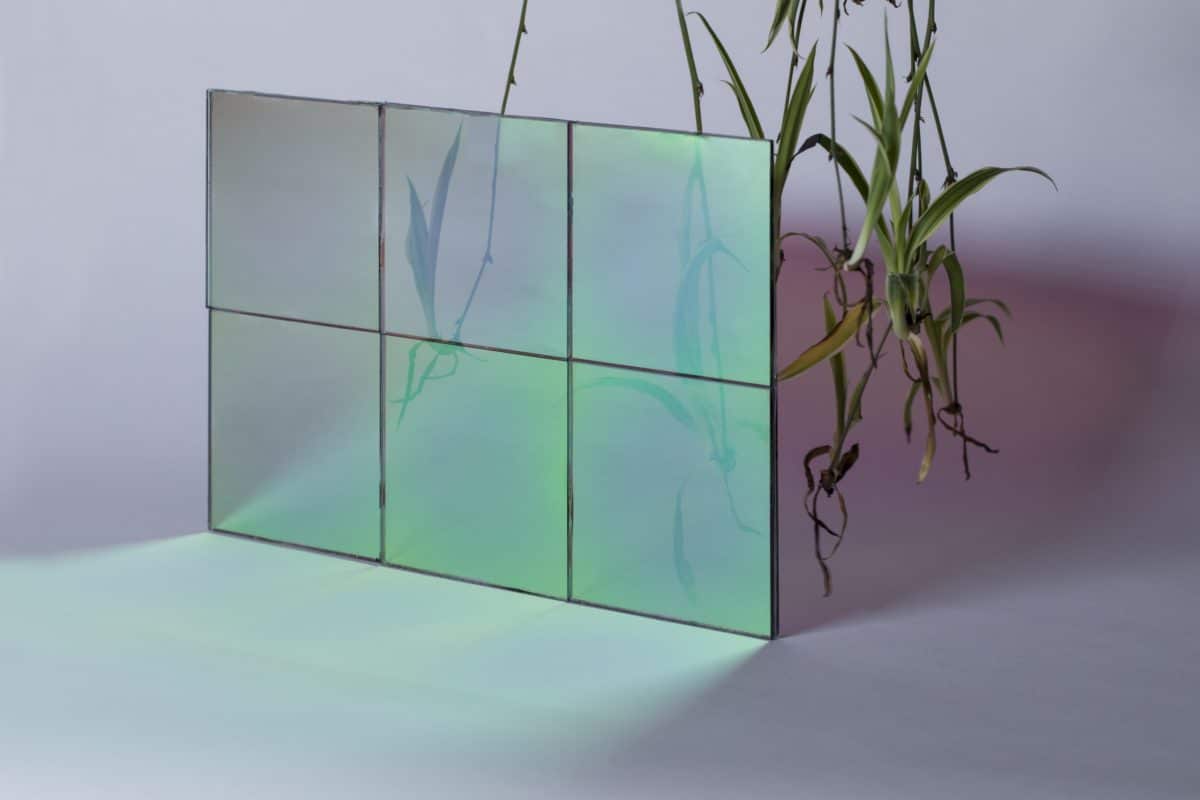Researchers from the German Aerospace Center (DLR) have developed a selective solar cell based on an ultra-thin n-i-p absorber layer stack and a thin-film spectral selective filter. They claim it can be used to produce spectrally selective PV modules with potential applications in agrivoltaics, greenhouses, and photo-bioreactors.
They presented their findings in “Spectral engineering of ultra-thin germanium solar cells for combined photovoltaic and photosynthesis,” which was recently published in Optics Express. The device is an enhanced amorphous germanium (a-Ge:H) solar cell that can confine light in an ultra-thin absorber.
“Due to the strong optical confinement and the high absorption coefficient of a-Ge:H the absorber thickness can be reduced to ∼5-10 nm while still achieving an efficiency of 5% for an opaque solar cell,” the academics said. “We chose amorphous germanium instead of amorphous silicon as absorber material because of its higher absorption coefficient for wavelengths above 500 nm.”
The technology only relies on plasma-enhanced vapor deposition and magnetron sputtering, which are well-established, industry-proven thin-film deposition methods, the group said.
“At the moment we prepare a project, in which the spectrally selective solar cells will be scaled up to small module size,” researcher Norbert Osterthun told pv magazine. “These modules will then be tested in greenhouse environments in Almeria and Oldenburg, representing the conditions of two very relevant regions for greenhouse cultivation in Europe.”
The spectrally selective cell uses the so-called “green gap” and the infrared (IR) part of the spectrum, which are not used by plants for photosynthesis.
“Our cell only absorbs green and infra-red spectral part of the sun light, while transmitting blue and red light that is absorbed in the process of photosynthesis by chlorophyll,” Osterthun added.
The research group built the cell with a transparent conductive metal-oxide-metal-oxide (MOMO) multilayer.
“The nature of the MOMO allows for the dual-use as an optical filter and as an electrical contact,” Osterthun said, noting that it is based on a Fabry-Perot-resonator, which is the most basic optical resonator known for its color filtering properties. “The transmission of the spectrally selective solar cell can easily be adjusted to the requirements of the plants by only changing layer thicknesses of the reflector,” Osterthun added.
The cell purportedly exhibits a power conversion efficiency of 1.6% and 2.3% with a blue transmission between 16% and 4% and a red transmission between 48% and 34%.
“Three different silver thicknesses were studied in the MOMO reflector by adapting the silver layer thickness, the ratio between light for illumination of algae or plants and for photocurrent generation can be changed,” the academics said. “The solar cell shows huge potential for combining photovoltaics with photosynthesis to reach new applications of solar cells on bio-reactors, greenhouses, or agricultural land.”
This content is protected by copyright and may not be reused. If you want to cooperate with us and would like to reuse some of our content, please contact: editors@pv-magazine.com.




7 comments
By submitting this form you agree to pv magazine using your data for the purposes of publishing your comment.
Your personal data will only be disclosed or otherwise transmitted to third parties for the purposes of spam filtering or if this is necessary for technical maintenance of the website. Any other transfer to third parties will not take place unless this is justified on the basis of applicable data protection regulations or if pv magazine is legally obliged to do so.
You may revoke this consent at any time with effect for the future, in which case your personal data will be deleted immediately. Otherwise, your data will be deleted if pv magazine has processed your request or the purpose of data storage is fulfilled.
Further information on data privacy can be found in our Data Protection Policy.